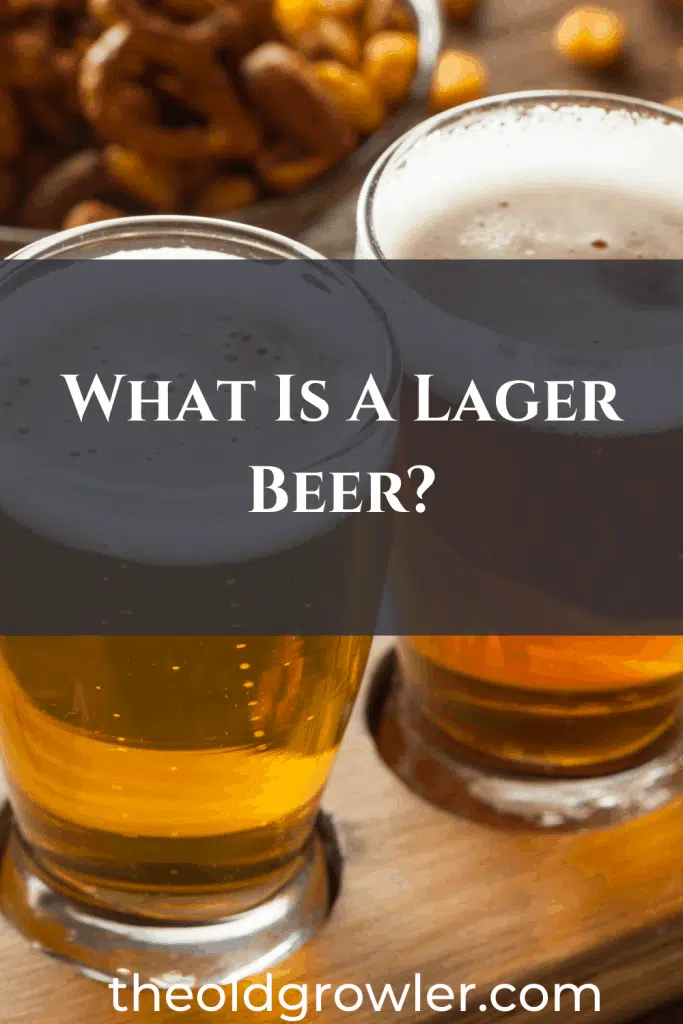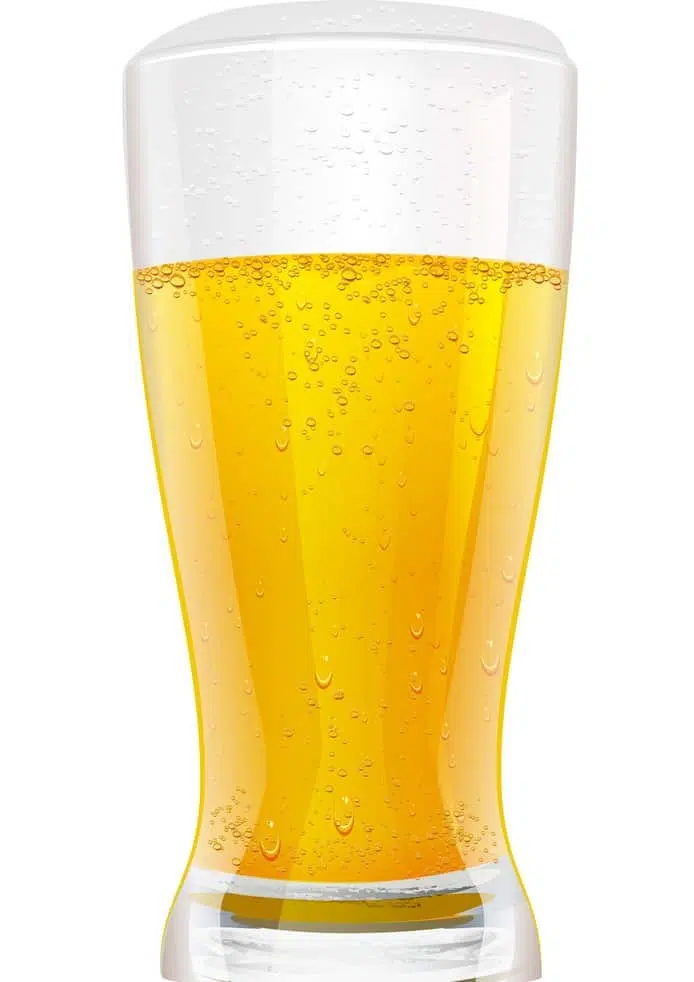What we know as “Lager” beer has only been in existence since 1884 when Carlsberg brewery isolated Carlsberg yeast #1. This unique yeast was produced from a sample of yeast given to the brewery by the Spaten brewery in Munich, Germany, where Lager beer had been fermenting since 1854.
How was Lager Beer “Discovered”?
Louis Pasteur and the Basics of Fermentation
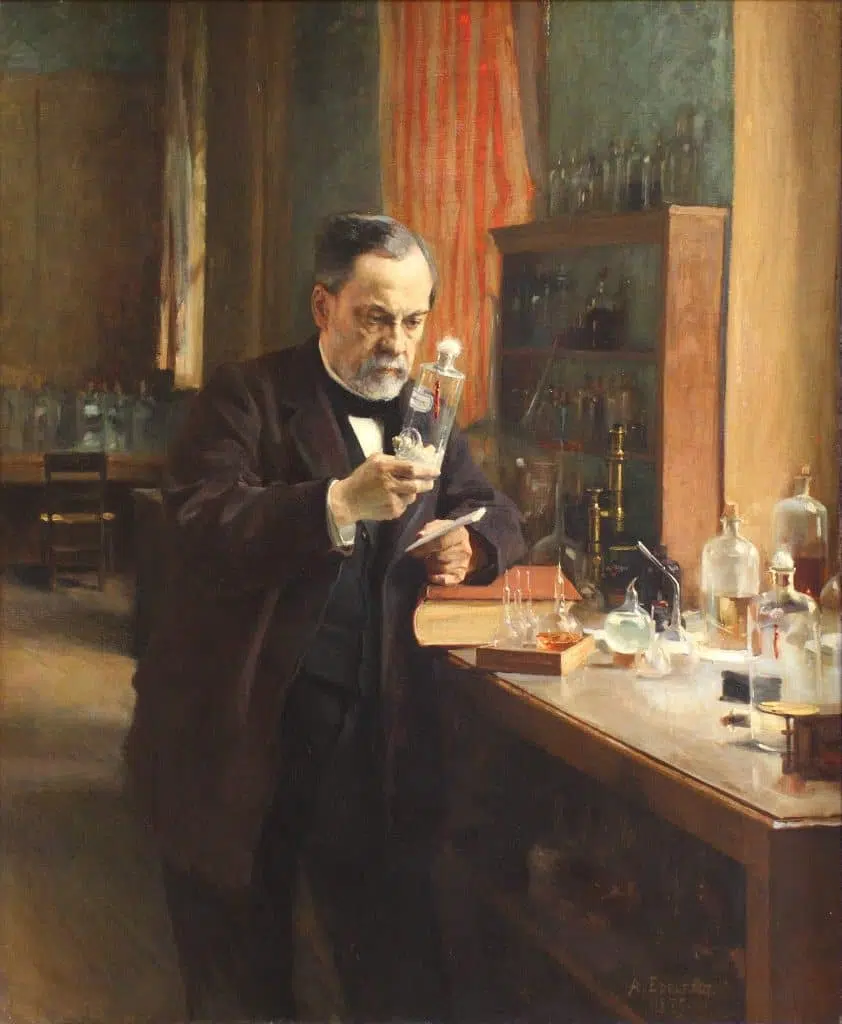
Today we understand how fermentation takes place because of the research by the French scientist Louis Pasteur. He began researching why wine fermented and turned grape juice into wine.
He was able to demonstrate, through his experimentation, that fermentation was the direct result of the actions of the yeast microorganism. The experiment proved that living yeast could transform glucose (sugar) into ethanol (alcohol).
He also demonstrated that only microorganisms can convert sugars into alcohol from grape juice in a process that occurs in the absence of oxygen. The interesting thing he concluded was that not only yeast was involved but also that there are two types of fermentation: alcoholic and lactic acid. Alcoholic fermentation occurs by the action of yeast, lactic acid fermentation, by the action of bacteria.
Pasteur performed careful experiments and demonstrated that the end products of alcoholic fermentation are numerous and much more complex than thought at the time.
As well as alcohol and carbon dioxide, there were also large amounts of glycerin, succinic acid, and amylic alcohol.
This proved that fermentation was an organic process. Pasteur proved that fermentation is a result of yeast multiplication, and the yeast has to be alive for alcohol to be produced.
Pasteur published these findings first in 1857 and then, in 1860, a research paper titled “Mémoire Sur la fermentation alcoolique.”
Almost as importantly, a man distiller named Bigo sought Pasteur’s help because he was having problems at his distillery, which produced alcohol from fermenting sugar beetroot.
The contents of his fermentation containers were embittered. Instead of alcohol, he was obtaining a substance that had a taste like sour milk. Pasteur analyzed the chemical contents of the acidic substance and found that it contained a substantial amount of lactic acid instead of alcohol.
When he compared the sediments from different containers under the microscope, he noticed that large amounts of yeast were visible in samples from the vats in which alcoholic fermentation had occurred. Still, in the polluted containers, the ones containing lactic acid, he observed “much smaller cells than the yeast.”
Pasteur’s finding showed that there are two types of fermentation: alcoholic and lactic acid. Alcoholic fermentation occurs by the action of yeast, lactic acid fermentation, by the action of bacteria.
This explains the reason that even in the fermentation of beers, there can be additional fermentation done by bacteria, the reason behind the flavor in what we know as “sour” beers.
The story of Saccharomyces Carlsbergensis
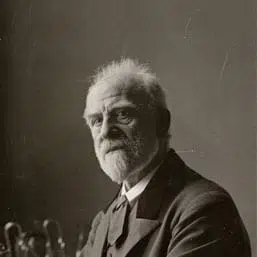
In 1883, the Dane Emil Hansen published the findings of his research at the Carlsberg brewery in Copenhagen in 1883, describing the isolation of a pure yeast culture that he labeled “Unterhefe Nr. I” (bottom-fermenting yeast no. 1). This was a culture identical to the sample originally donated to Carlsberg in 1845 by the Spaten Brewery of Munich.
The Carlsberg brewery adopted this yeast as their “house yeast.” It began industrial production in Copenhagen in 1884 as Carlsberg yeast #1.
Most importantly, they did not patent the process. Instead, Carlsberg offered it to any brewery that asked them for it.
What is the definition of Lager Beer?
According to the Merriam-Webster dictionary, a “lager beer” is defined this way.
“lager beer: a beer (such as a bock or pilsner) that is brewed at cool temperatures by slow fermentation with a slow-acting yeast (especially Saccharomyces Pastorianus synonym Saccharomyces Carlsbergensis)”
“NOTE: Lagers tend to have a lighter, clearer appearance than ales with usually lower alcohol content and slightly higher sugar content. The yeast used to ferment Lager is often referred to as “bottom-fermenting” since it does not rise to the top of the brewing vessel during fermentation.”
The folks at Wikipedia post the definition of “Lager Beer” as…
“Lager is a type of beer conditioned at low temperature. Lagers can be pale, amber, or dark. Pale Lager is the most widely consumed and commercially available style of beer.”
What is American-Style Lager?
According to the Brewers Association, the organization that determines the definitions of beer “styles” for breweries in the United States, a “lager beer” is defined in this way.
“Contemporary American-Style Lager”
Color: Straw to gold
Clarity: Chill haze should not be present
Perceived Malt Aroma & Flavor: Malt sweetness and aroma are very low to low
Perceived Hop Aroma & Flavor: Very low to low
Perceived Bitterness: Very low to low
Fermentation Characteristics: Fruity esters are usually absent but may be present at low levels. Diacetyl should not be present.
Body: Low
Additional notes: Corn, rice, or other grain or sugar adjuncts are often used, but all-malt formulations are also made. Contemporary American Lagers typically exhibit increased hop aroma and flavor compared to traditional versions, are clean and crisp, and aggressively carbonated.
Original Gravity 1.040-1.048
Alcohol by Volume 4.1%-5.1%
Bitterness (International Bittering Units) 5-16
An example of a “Lager” Beer
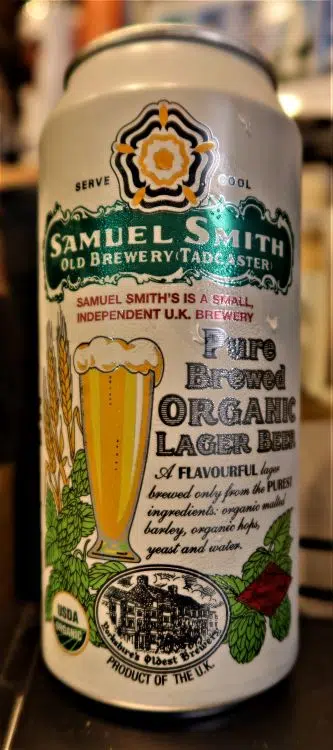
Click on the link below for the video tasting of this beer.
The Old Growler Tastes Samuel Smith’s Organic Lager Beer
